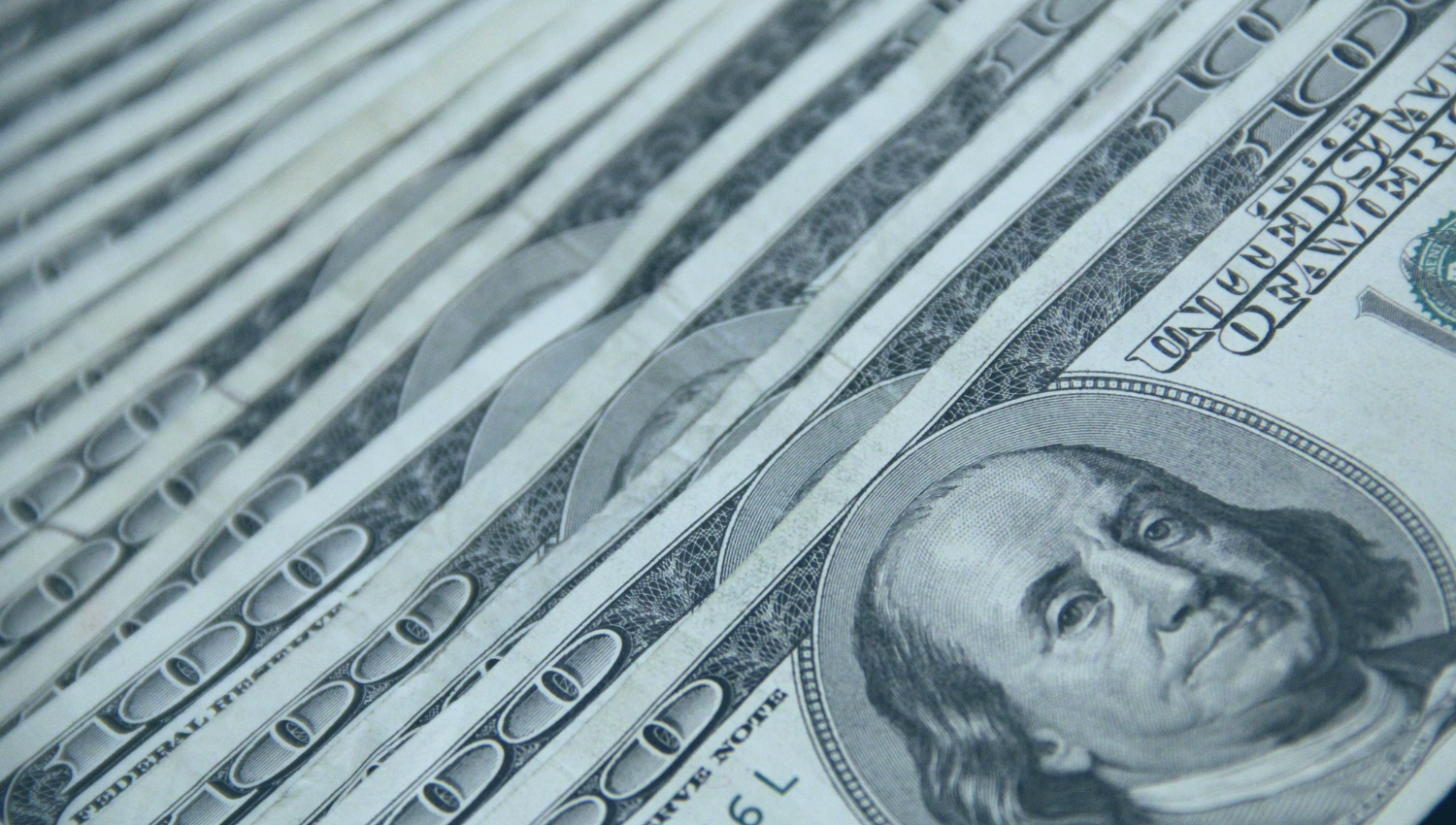The momentum of the US Dollar

Introduction:
The current landscape of the U.S. dollar presents a unique set of opportunities and risks for investors. The dollar's recent surge in value, reaching a two-decade high, is influenced by various domestic and global factors, with significant implications for international trade, stocks, and Exchange-Traded Funds (ETFs).
The Current State of the U.S. Dollar:
The U.S. Dollar Index (USDX), tracking the dollar's performance against six major foreign currencies, has displayed a consistent upward trajectory since the beginning of 2022, hitting historic highs. While its growth temporarily slowed in late 2022 due to the Federal Reserve's efforts to combat inflation through interest rate hikes, the dollar's future path in 2023 remains uncertain, bearing consequences for inflation, global trade, and the tech sector.
Factors Fueling Dollar Strength:
Several key factors contribute to the dollar's robustness:
- Fed Interest Rate Hikes: Over the past year, the Federal Reserve has raised interest rates on eight occasions to combat inflation, attracting international investors in search of higher yields.
- Safe-Haven Status: The dollar is widely perceived as a safe haven during times of economic turbulence and uncertainty. This role has been especially crucial amid recent global economic downturns and banking crises.
- High-Yield Savings Accounts: High-yield savings accounts offer investors attractive interest rates, currently surpassing 4%, with low risk, as long as they are FDIC-insured.
Dollar's Dominance Over Other Currencies:
Over the last year, the U.S. dollar has gained significant strength compared to major currencies such as the euro, Japanese yen, British pound, Canadian dollar, Swedish krona, and Swiss franc. Its trajectory closely intertwines with U.S. inflation and interest rates.
Impact on U.S. Businesses:
A robust dollar can present challenges for American companies engaged in international commerce. It can diminish their product competitiveness in markets where local currencies are weaker than the dollar. This effect is particularly pronounced for tech firms, which generate a substantial portion of their revenue abroad.
The U.S. Dollar as a Safe-Haven Currency:
For decades, the U.S. dollar has held the role of the world's primary reserve currency, relied upon by central banks worldwide for global trade and financial transactions. This status derives from the United States' economic stability and the dollar's reputation as a "safe-haven" during times of political or military uncertainty. The ongoing Ukraine conflict has further amplified this phenomenon, bolstering the dollar as investors seek stability amid uncertainty.
Continued Interest Rate Hikes:
The dollar's strength, as reflected in the U.S. dollar index (USDX), hinges on relative comparisons with other currencies. A pivotal domestic factor driving its strength is the Federal Reserve's persistent interest rate increases to combat inflation. Unlike other nations, the U.S. has implemented more substantial rate hikes, attracting investor capital and reinforcing the dollar's dominance.
Spillover Effects on Other Currencies:
The U.S. Dollar (USD) isn't merely a currency; it wields considerable global economic influence, impacting the international financial landscape. Its sway on other currencies, often referred to as 'spillover effects,' underscores its dominant role in global trade and finance. These effects extend to currency depreciation, trade dynamics, and capital flows, with both positive and negative implications for economies worldwide.
Geopolitical Issues and the Eurozone Economy:
The ongoing Ukraine conflict significantly contributes to the dollar's strength. The geopolitical tension threatens to impede European economic growth, potentially prolonging the energy crisis and adding to the relative strength of the U.S. dollar. The Eurozone's vulnerabilities, compounded by rising energy prices and supply chain disruptions, further contribute to the dollar's strength relative to the euro.
Impact on Precious Metals: The Silver Scenario
The recent surge in the U.S. dollar has substantial repercussions for precious metals, especially silver. The sharp drop in silver prices, falling below $25 per ounce, can be partly attributed to the dollar's resurgence. Nonetheless, market analysts believe that this is a short-term technical adjustment, with the structural bull market for silver expected to persist despite the dollar's strength.
Conclusion
The momentum behind the U.S. dollar's rise is the result of a complex interplay of domestic and international factors. As the global economy grapples with uncertainty and transformation, the strength of the U.S. dollar will continue to be a pivotal factor shaping the economic landscape.

